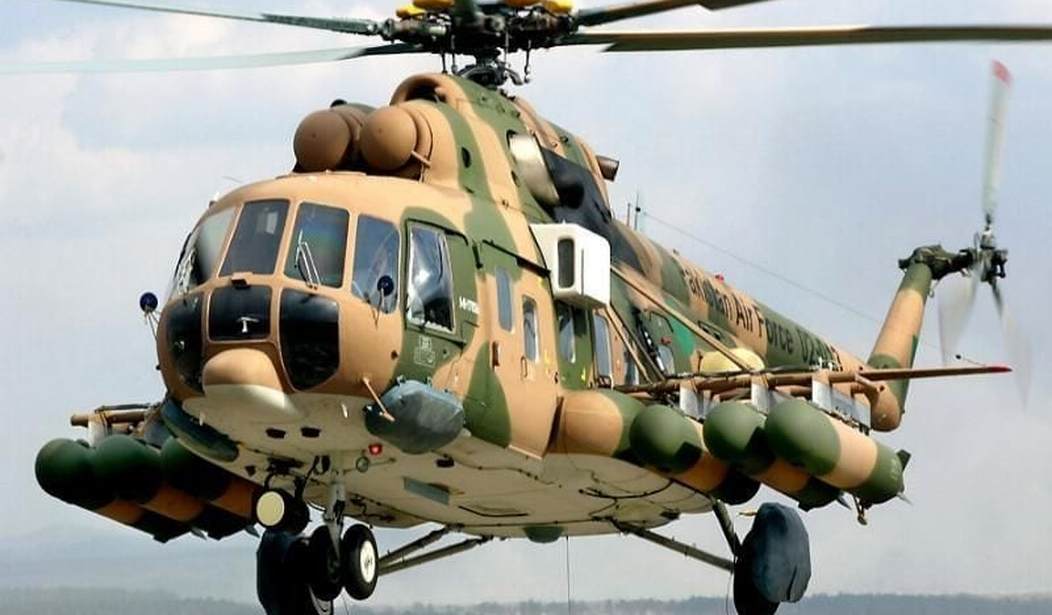WASHINGTON — A comprehensive report by the inspector general overseeing Afghanistan reconstruction dollars found a tangled web of corruption fostered by the lack of a U.S. strategy and expensive programs — including Afghanistan’s military — poised to fall apart without donor support.
The Special Inspector for Afghanistan Reconstruction (SIGAR) already revealed in an October report that opium poppy production is at record levels despite $7.8 billion in U.S. counternarcotics efforts.
SIGAR’s new report, dubbed the High-Risk List, includes those concerns among a roll call of flailing efforts that are essential to success in Afghanistan and those “at risk of significant and large-scale failure due to waste, fraud, or abuse.”
It also highlights programs controlled or influenced by the U.S. government that may not be sustainable, despite $14 billion in unspent reconstruction funds already approved by Congress and waiting to be spent.
The U.S. has committed more than $104 billion to reconstruction projects. “The evidence is clear that American taxpayer dollars and American strategic and humanitarian interests in Afghanistan are being placed at unnecessarily high levels of risk by widespread failure to anticipate problems and to implement prudent countermeasures,” said the report.
Weak oversight, including U.S. officials noncompliance with the rules, provided fertile ground for corruption when “massive” military aid dollars flooded into the country. The U.S. didn’t commit to anti-corruption assistance until several years after the first aid funds began flowing.
SIGAR, meanwhile, has pressed the corruption issue in every one of its quarterly reports to Congress, including the dent that corruption is making in customs revenue, which represents nearly half of Afghanistan’s government revenue.
“SIGAR was told that significantly reducing or eliminating corruption could double customs revenues. However, U.S. programs have failed to do that.”
The report also found that Afghanistan “lacks the capacity—financial, technical, managerial, or otherwise—to maintain, support, and execute much of what has been built or established during more than a decade of international assistance.”
Last year, the Afghan government spent $5.4 billion while bringing in about $2 billion. The 2014 budget shot up to $7.6 billion, with expected revenue of $2.8 billion.
The programs putting Afghanistan in the red are hardly superfluous, and include the Afghan National Security Forces that the Obama administration is relying upon to keep the country from reverting into a terrorist haven after the U.S. pulls out.
The U.S. has poured $62 billion into the ANSF. Under current Afghan government calculations with the most optimistic economic outlook, they would not be able to fully fund the ANSF until 2024.
The report also found that after a $200 million literacy training program for the ANSF, no one knows the literacy rate of the security forces. Forces also lack numbers and training to be able to pilot the Special Mission Wing’s 30 existing aircraft but nearly $772 million of new aircraft on the way.
A SIGAR report last year found that the Pentagon was building more facilities than the ANSF needed “without knowledge of current facilities’ utilization or the Afghan government’s willingness or ability to sustain them.”
“Each new development project that the United States and other international donors fund increases the country’s O&M costs, adding pressure to Afghanistan’s operating budget.”
The report also found Afghanistan struggling to sustain heavy U.S. investments in energy, communications and healthcare. For instance, USAID rebuilt two hospitals — yet the price tag to operate and maintain the facilities will be up to five times as much as the old hospitals, with USAID not even coordinating with Afghanistan’s Ministry of Public Health on the projects.
And when the U.S. is granting contracts for Afghanistan reconstruction, those numbers haven’t been kept in any central database.
Inspector General John Sopko released the report in a speech today at the Carnegie Endowment for International Peace in Washington, where he noted that on Monday the U.S./NATO International Security Assistance Force Joint Command “lowered its flag for the last time” after 13 years of war.
“As SIGAR has noted in its reports to Congress, even if Afghanistan devoted its entire domestic revenue to its security forces, it could cover barely half those costs, leaving nothing for civil servants’ salaries, infrastructure investment, health care, education, and other public goods. Corruption, whether as a tradition of small tips and bribes or as major-league theft and influence peddling, adds to and aggravates such financial afflictions by diverting revenues, distorting decisions, and eroding the perceived legitimacy of the government,” added Sopko, who used to fight organized crime as a trial attorney at the Department of Justice.
Afghanistan has received more than twice as much U.S. equipment and funds for military training than Iraq, which buckled under pressure from the Islamic State as four of the army’s 14 divisions collapsed in the terrorists’ June offensive.
Adjusted for inflation, the U.S. has spent more on Afghanistan reconstruction than was spent on the entire Marshall Plan that helped rebuild Western Europe after World War II.
“With a newly elected Congress about to convene in a setting of war-weariness, rising national debt, and pressing domestic concerns, there could be a temptation to put Afghanistan out of mind,” Sopko said. “That would be a mistake. The United States can and should take some steps to improve the reconstruction-oversight process, and to motivate the Afghans to greater efforts.”
“…Remember, international assistance should not be seen as a blank check. There must be strings attached to ensure it meets donor objectives and conditions. Moreover, such conditionality is not ‘all or nothing’ – conditions should be measured and tailored to discrete achievable actions.”
SIGAR is authorized to stay in Afghanistan until the till of reconstruction funds falls below $250 million.









Join the conversation as a VIP Member